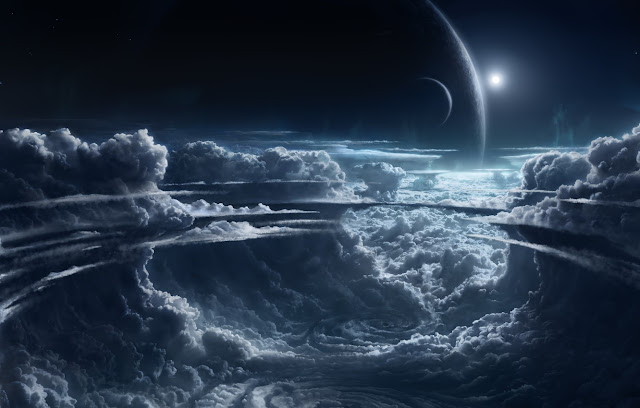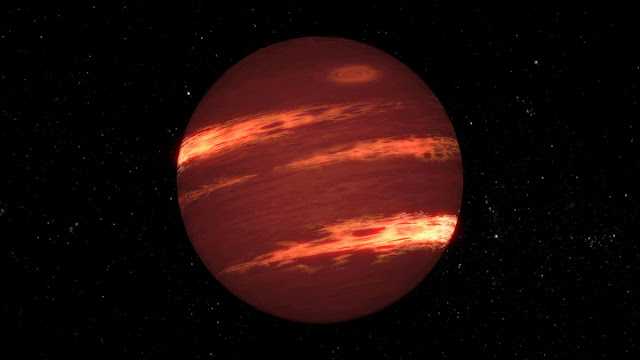James Webb has made a ground-breaking observation of enormous clouds on an alien planet.
A mysterious extraterrestrial world covered in clouds of silicate granules that resemble sand has been discovered by the James Webb Space Telescope.
The James Webb Space Telescope‘s NIRSpec and MIRI sensors found the exoplanet, which was reported in a recent study as the first finding of its sort.

Scientists discovered indications of silicate-rich clouds surrounding a brown dwarf that was over 20 times the size of Jupiter in the data. The discovery supports certain past hypotheses on these strange planet-like planets.

Brown dwarfs are weird things that are just a little bit too massive to be planets but not quite big enough to burst into stars. While brown dwarfs cannot burn normal hydrogen, they may burn deuterium to generate their own light and heat (a less common isotope of hydrogen that contains an extra neutron).
A brown dwarf known as VHS 1256 b is located 72 light-years away from Earth in the constellation Corvus, sometimes known as the Crow. It circles two little red dwarf stars. The strange exoplanet was discovered by astronomers in 2016, and ever since then, its reddish light has baffled them.
They surmised that some sort of atmosphere was responsible for the brightness. Forbes claims that measurements from the James Webb Space Telescope have now confirmed those hypotheses, proving that VHS 1256 b must be encircled by thick clouds containing silicate granules that resemble sand.
Webb also discovered the presence of water, methane, carbon dioxide, carbon monoxide, sodium, and potassium in the atmosphere of VHS 1256 b.
“We will know more from iterations on the data reduction,” Brittany Miles, an astronomer at the University of California, Irvine, and lead researcher on the project, told Space.com in an email. “So far, it looks pretty similar to theoretical expectations.”
Because of how extensive the Webb data were, it was discovered that the ratio of the different gases varied throughout the atmosphere of VHS 1256 b, suggesting that the atmosphere is not static but rather chaotic and turbulent.
“In a calm atmosphere, there is an expected ratio of, say, methane and carbon monoxide,” Sasha Hinkley, an astronomer at the University of Exeter in the U.K. and one of the study’s co-authors, told Forbes. “But in many exoplanet atmospheres we’re finding that this ratio is very skewed, suggesting that there is turbulent vertical mixing in these atmospheres, dredging up carbon dioxide from deep down to mix with the methane higher up in the atmosphere.”
Given its size for a brown dwarf, VHS 1256 b may be a juvenile specimen. The exoplanet travels in an oval-shaped orbit that takes 17,000 years to complete between its two parent stars, which are 360 sun-Earth distances apart.
Do not forget to share your opinion with us to provide you with the best posts !



0 Comments